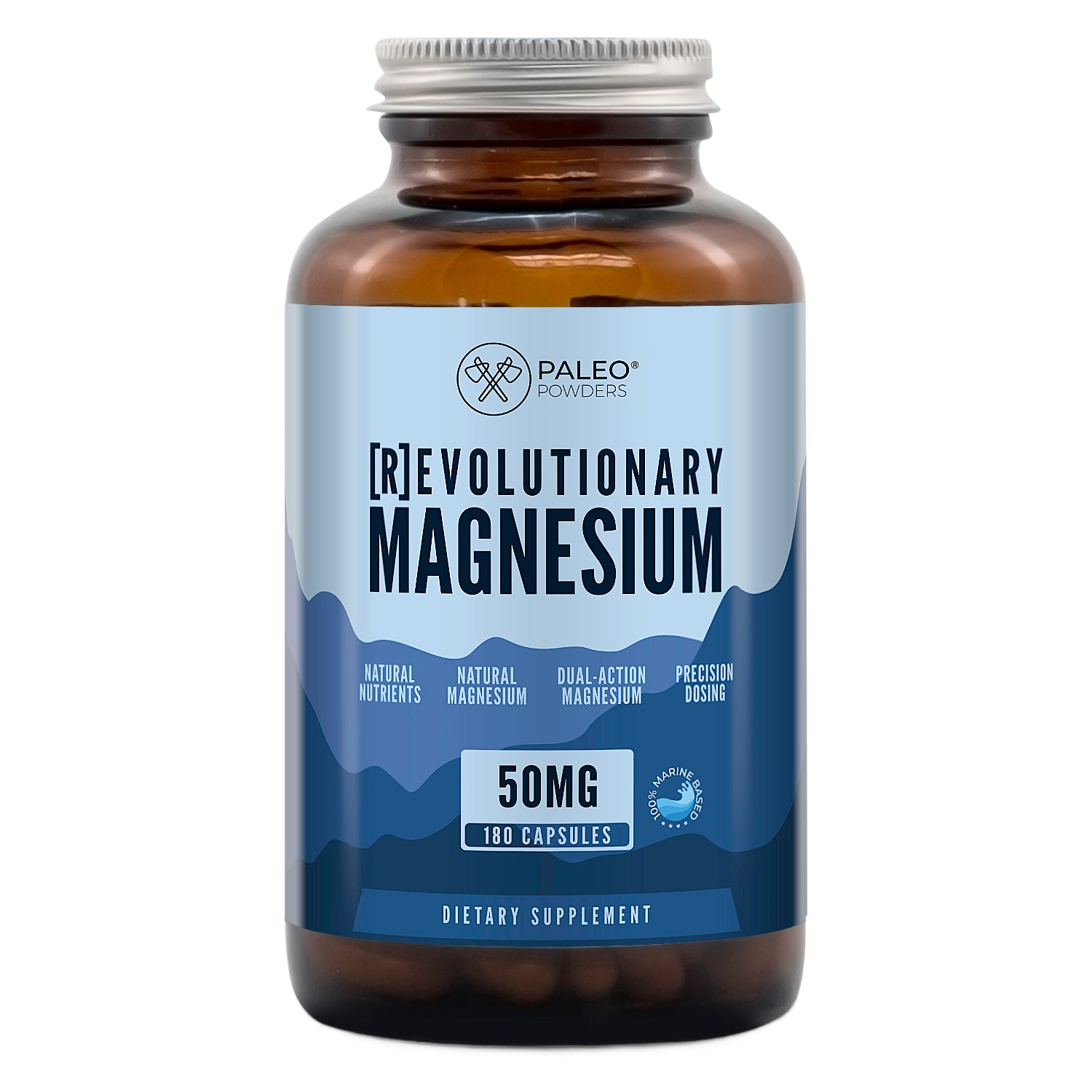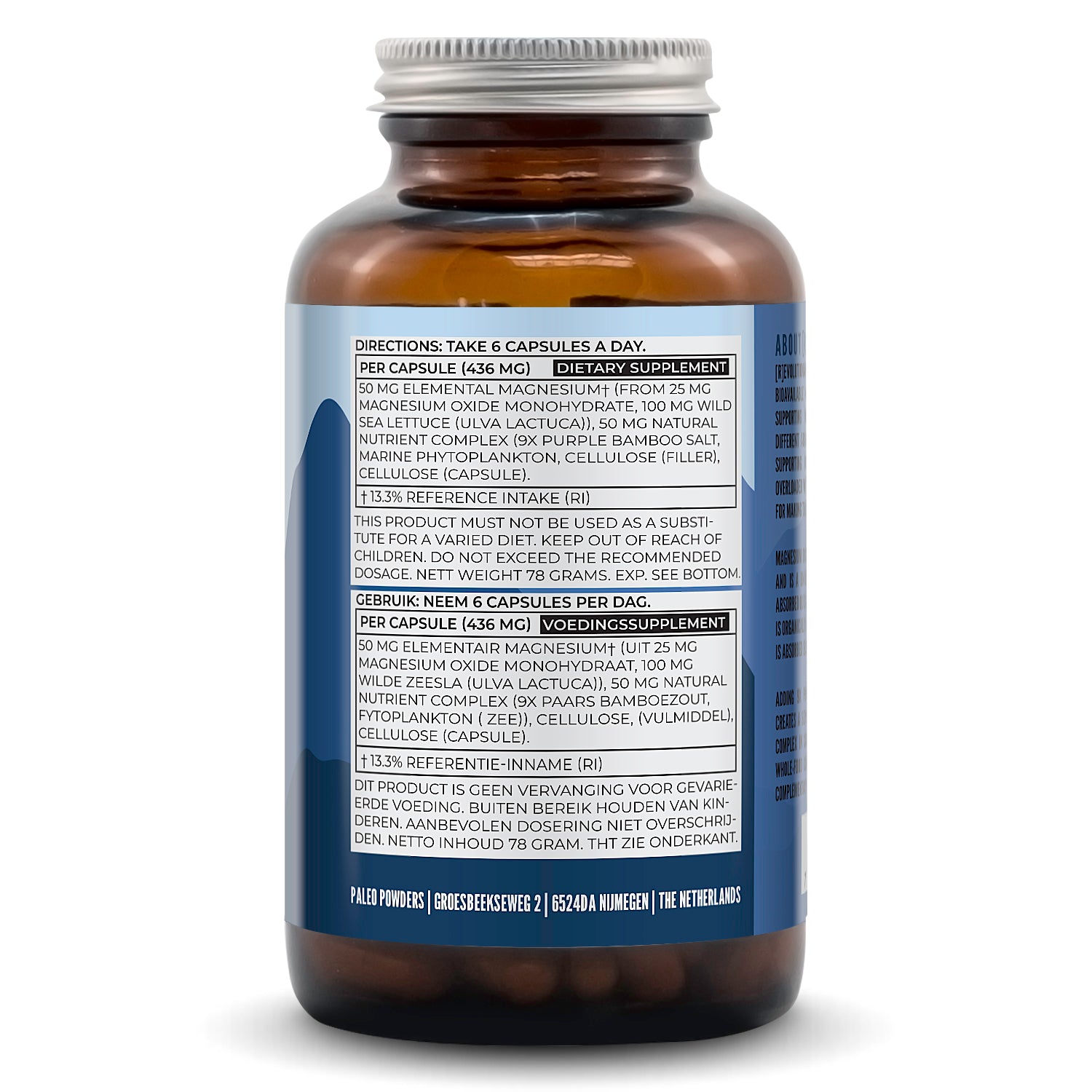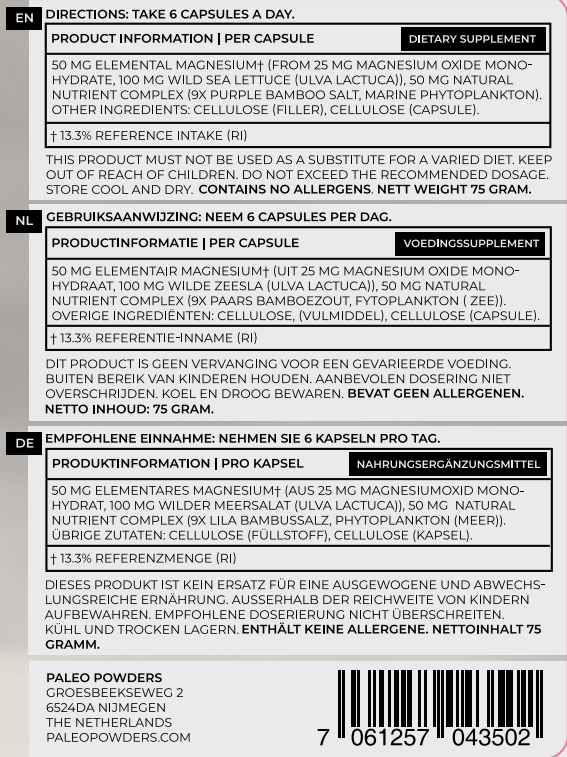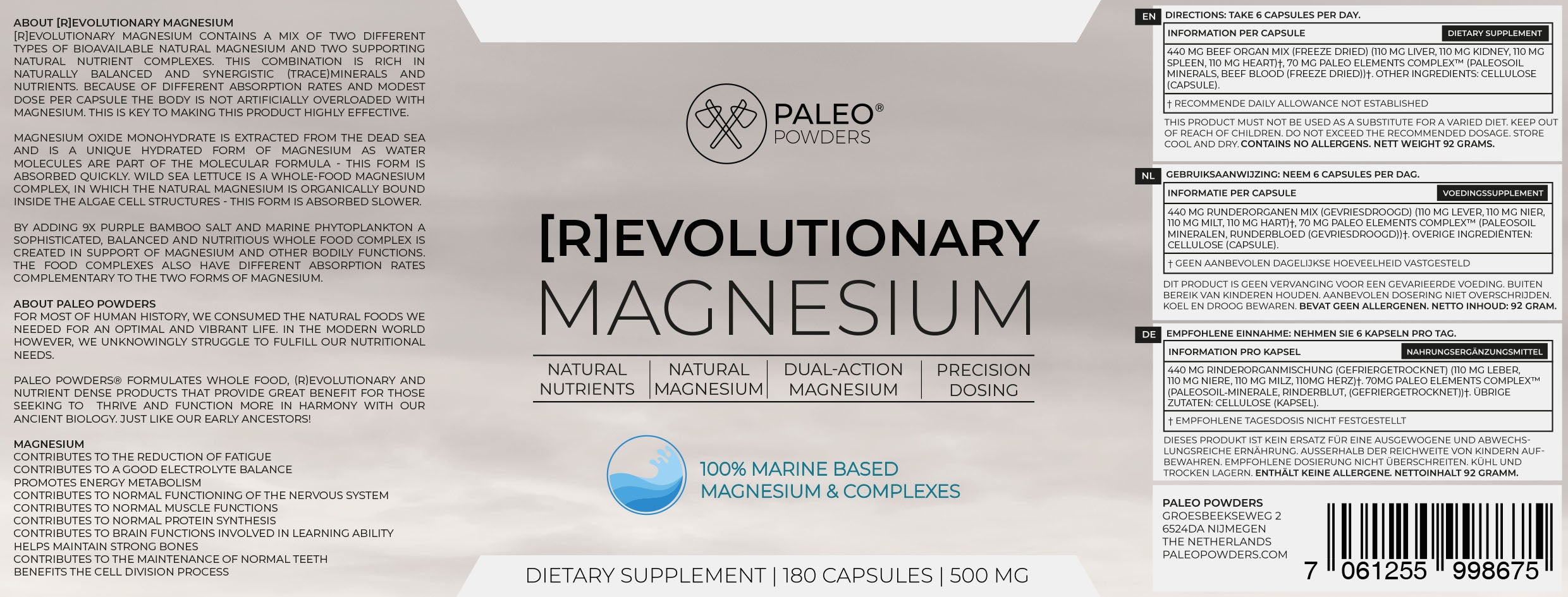
Upgrade your knowledge, part 1 - Amino acids
The building blocks of the body
The amino acid molecules are the building blocks of proteins and are crucial for our body. Our body consists of approximately 20% proteins. Proteins are converted into amino acids in our body and play a key role in almost all biochemical processes in the body, such as in cell metabolism, as energy metabolites, as essential nutrients and as messengers in cell communication. Of the five hundred amino acids identified, twenty-two occur in human proteins, the so-called fundamental amino acids. The body can synthesize a number of amino acids itself, the non-essential amino acids. The essential amino acids can only be obtained from food or supplementation. In specific situations, non-essential amino acids can still be essential.
The first molecules on earth
Amino acids appeared as one of the first organic molecules on Earth. Before we look at the evolutionary origins of these basic building blocks of life, we first zoom in on an inherent property of amino acids, namely the preference for so-called 'left-handedness' or the biological homochirality of amino acids.
Preference for one spatial form: homochirality
Louis Pasteur discovered in the nineteenth century that some molecules can exist in two spatial forms: levorotatory (or left-handed) and dextrorotatory (right-handed). This means that these molecules are supposedly chiral, they exist in two mirror image isomers, indicated by the letters d (dextro = right) and l (laevo = left). Now you would expect that there are as many right-turning and left-turning molecules in nature. However, that is not the case. In living organisms, many organic molecules exist in only one of two forms. This phenomenon is called biological homochirality.
Reasons for biological homochirality
In living organisms, amino acids are therefore represented by one mirror-image isomer, namely the (left-handed) l-amino acids (L-enantiomers). Sugars, on the other hand, are dextrorotatory (d-sugars). Dextrorotatory amino acids and levorotatory sugars do not occur. Amino acids are the building blocks of proteins. Proteins are therefore all present in organisms in the left-handed form. DNA and RNA molecules are made up of d-sugars and therefore have a right-handed d-shape. Homochirality is essential for the functioning of DNA, RNA and proteins. If proteins consisted of a mixture of left-turned and right-turned amino acids, they would no longer be able to fulfill their function. How did this preference for only one of the two forms arise? The answers to this vary.
Circularly polarized light breaks down D-enantiomers
Our galaxy has a magnetic field that moves through space in a kind of corkscrew spiral. The spiral movement can take place clockwise or counterclockwise. Interstellar magnetic fields in the galaxy can influence that direction by charging dust grains between the stars. Light moving through that dust has a circular polarization. This circularly polarized light breaks down the D-enantiomers of amino acids more than L-enantiomers. This effect is observed with amino acids found on comets and meteors. This explains why, at least in the galaxy, L-enantiomers are favored.
Radiation and gravity break down D-enantiomers
Although gravity, electromagnetic, and magnetic fields are achiral, weak nuclear force (radioactive decay) is chiral. During beta decay, the emitted electrons prefer one type of spin. These chiral electrons again preferentially break down D-amino acids and not L-amino acids.
In short, a clear preference for left-handed
Although there is still much to be investigated, it is clear that in abiogenesis (the origin of life from dead matter) and in processes that cause the origin of life on Earth, the equality or parity between left-handed amino acids and their right-handed mirror images, was disrupted. Amino acids, as the basic building blocks of life, have the left-hand form.
Involved in almost every life process
As building blocks of proteins, amino acids are involved in almost every life process. They also play a key role as precursors in many mechanisms of action in the body. Amino acids play a central role in cell metabolism. To date, scientists have discovered more than five hundred amino acids in nature. However, only twenty-two amino acids participate in translation in the body; the translation of m-RNA into a chain of amino acids, or the construction of proteins.
Understanding the evolution of amino acid synthesis
Even though more and more is known about the evolution of amino acids, many questions about amino acid synthesis remain unanswered. For example, in what order did amino acids appear? Exactly how many amino acids are used in protein synthesis? How many amino acids existed when life began? Were more than twenty-two amino acids initially used in protein synthesis, but were this reduced to twenty-two in a selective process? Or were there initially fewer than twenty-two amino acids and over time new amino acids continued to appear that were involved in protein synthesis? And how, and at what pace, did the metabolic pathways for amino acid synthesis evolve?
These are questions that the new generation of scientists - using different hypotheses and methods - can sink their teeth into.
Originated from the primordial soup or via enzymatic reactions?
In 1953, scientists attempted to recreate the conditions of the original Earth. In a flask they combined ammonia, hydrogen, methane and water vapor with electric sparks. They found that new molecules were being formed and identified these molecules as eleven standard amino acids.
Based on this observation, it was postulated that the first organisms probably originated in an environment similar to that in their flask. An environment rich in organic compounds or the so-called 'primeval soup'. Single-celled organisms would have evolved further in this primordial soup. Nowadays, amino acids mainly arise from biosynthetic enzymatic reactions, and not from 'electrified primordial soup'.
Synthesis via metabolic pathways
A series of biochemical reactions in which amino acids are synthesized or broken down is called a pathway. Amino acids can be synthesized in various ways, for example in simple steps from precursor molecules. Amino acids can also be synthesized from intermediate steps of the glycolysis or citric acid cycle. Essential amino acids, which we must get from food, require more steps to be synthesized. Between one and thirteen biochemical reactions are required to produce the various amino acids from their precursors for central metabolism.
Nitrogen and ammonia
As visible from the word amine in amino acid, nitrogen is the most important atom in the amino acid composition. The ultimate nitrogen source for amino acid biosynthesis is molecular nitrogen (N2), a nearly inert gas. All organisms can make amino acids using ammonia (NH3). In humans, ammonia enters the body through dietary sources containing amino acids. The enzymes glutamate dehydrogenase and glutamine synthetase then convert ammonia back into glutamate and glutamine, respectively. Amino and amide groups of these two compounds can then be transferred to other bridges of carbon atoms through the organic reactions transamination and transamidation to make amino acids.
Glutamine as a universal donor
All amino acids, with the exception of proline, consist of at least one amino group (NH2) and a carboxyl group (COOH). Glutamine is a universal donor of amino groups for the formation of many other amino acids and biosynthetic products. Glutamine is also an important metabolite for ammonia storage.
Important biochemical functions
Scientists now recognize twenty-two amino acids as building blocks of proteins. In addition, amino acids have other important biochemical functions. For example, they are also energy metabolites and essential nutrients. Amino acids can also act as chemical messengers in cell communication.
Essential, semi-essential and non-essential
The division into essential, semi-essential and non-essential does not mean that one group is more important in the body than the other group. All amino acids must be present in sufficient quantities in the body, either through nutrition or through own synthesis. Factors such as age, stress, strain, nutrition and health influence the amount of amino acids that are available, needed and/or synthesized.
The eight essential amino acids are: isoleucine, leucine, lysine, methionine, phenylalanine, threonine, tryptophan and valine. Arginine and histidine are semi-essential, or essential in certain circumstances. The ten non-essential amino acids are: alanine, asparagine, aspartic acid, cysteine, glutamine, glutamic acid, glycine, proline, serine and tyrosine. The last two amino acids were discovered in 2015: selenocysteine and pyrrolysine.
From amino acids to peptide compounds
Amino acids are bonded together because the carboxyl group of one amino acid forms a bond with the amino group of another amino acid, causing H2O (water) to split off. This is a peptide compound. In this way, different types of proteins can be formed, such as dipeptides (2 amino acids), tripeptides (3 amino acids), oligopeptides (less than 10 amino acids) and proteins (a chain of more than 50 amino acids).
Di-, tri-, oligopeptides and proteins
For example, carnosine is a dipeptide consisting of the two amino acids β-alanine and histidine. Glutathione is an example of a tripeptide and consists of a compound of the amino acids cysteine, L-glutamic acid and glycine. Proteins consist of polymeric chains of amino acids. They have various functions in the body, as building materials for cell structures and the cytoskeleton, as enzymes that catalyze biochemical (conversion) reactions in the body and as antibodies, such as immunoglobulins in our immune system.
Magnesium - 100% Natural - 180 capsules
















